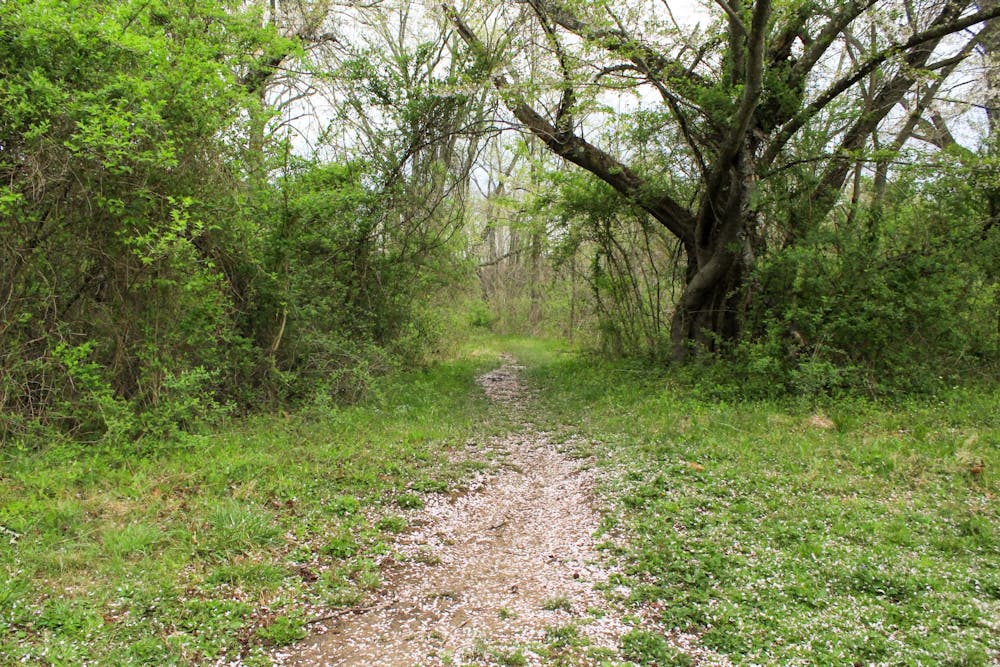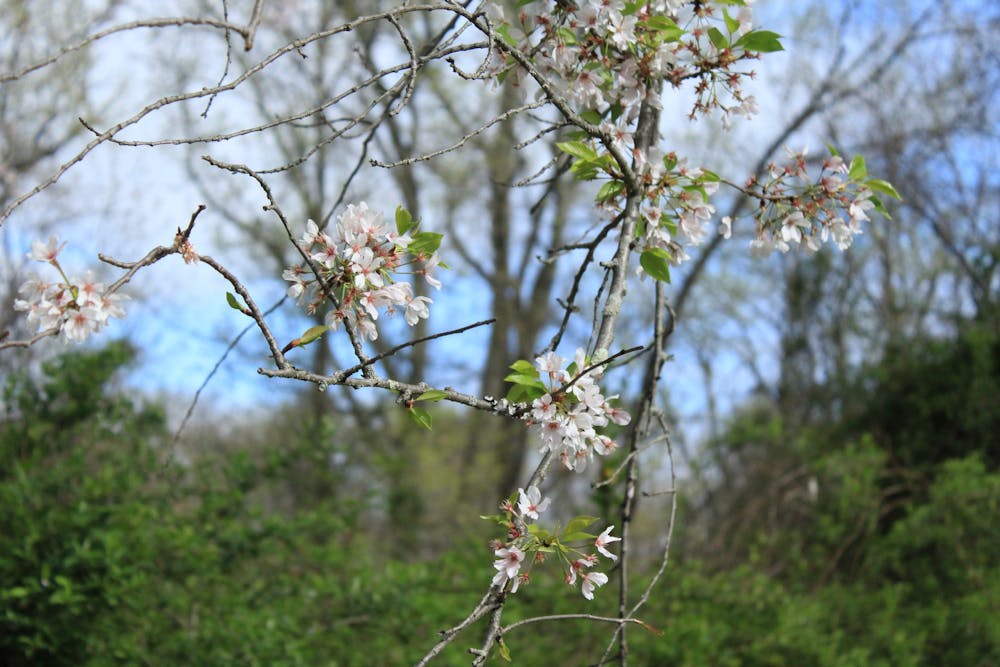Princeton University has invested in geothermal exchange projects in order to achieve climate neutrality by 2046.
Geo-exchange systems are incorporated into the designs of the Thermally Integrated Geo-Exchange Resource (TIGER), East Garage, and the new residential colleges.
TIGER will house a heat pump and electrical equipment, while also serving as a home for athletic operations. East Garage will remove the need for nearby parking lots along Ivy Lane and Western Way. This freed-up space will be used for the construction of the Environmental Studies building as well as facilities for the engineering school.
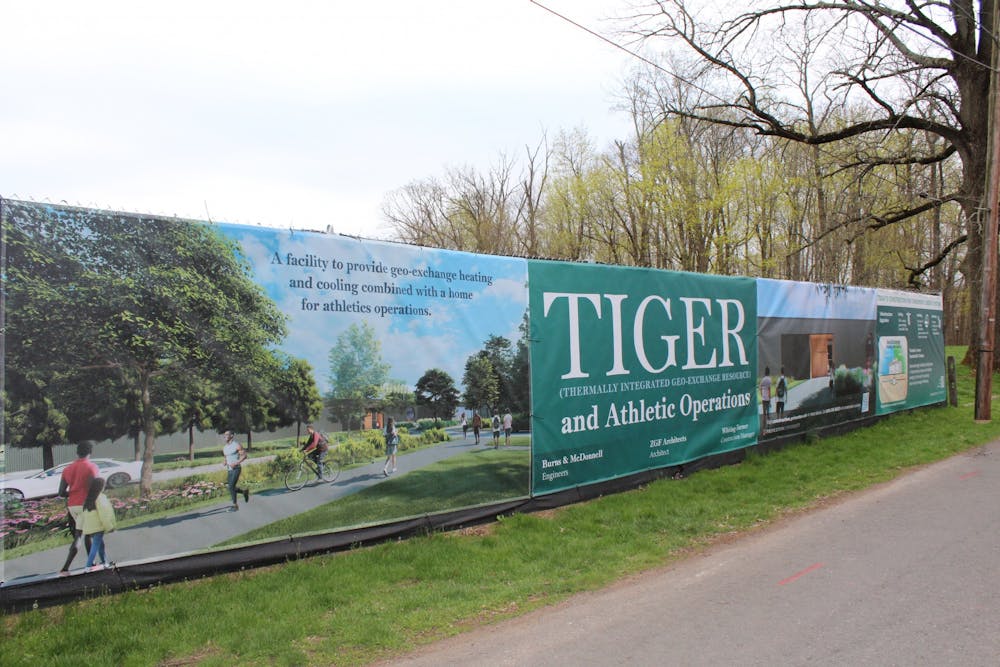
The Thermal Energy Storage tanks at TIGER will provide eco-friendly heating and cooling.
Samantha Lopez-Rico / The Daily Princetonian
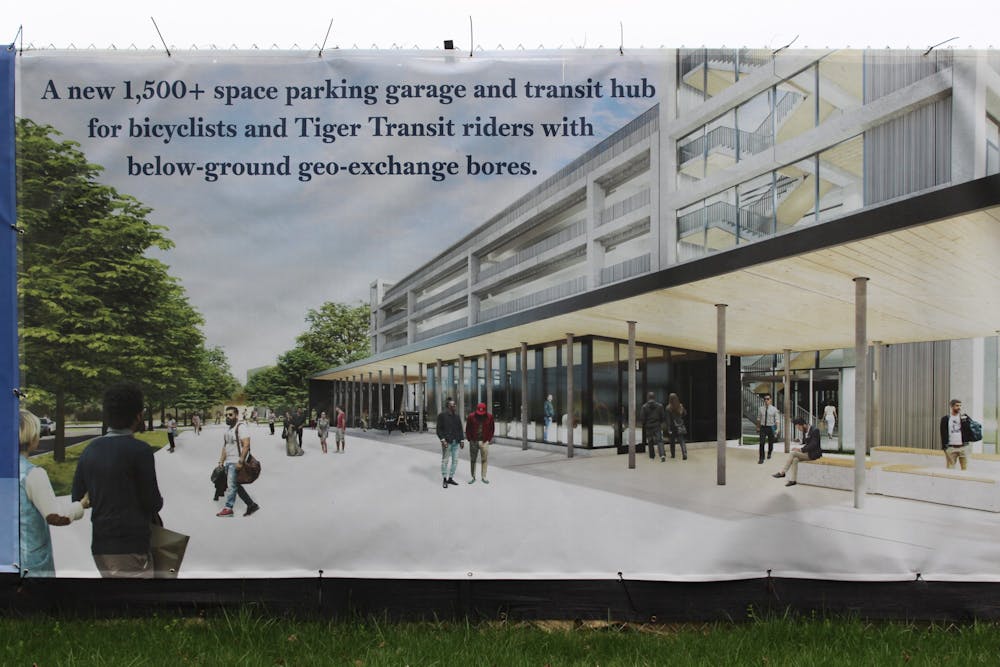
A banner showing a model of the new parking and transit hub with environmentally conscious geo-exchange bores.
Samantha Lopez-Rico / The Daily Princetonian

Construction of the new residential college with geo-exchange heating and cooling.
Samantha Lopez-Rico / The Daily Princetonian

Geo-exchange is achieved by installing bores — loops of pipes built underground — that take the heat out of the campus buildings during the summer and store it in the ground. In the winter, the heat stored in the bores can be reused.
Unlike geothermal technology, which extracts heat from the earth without return, geo-exchange allows for heat to be stored and recycled. It takes advantage of the natural heating and cooling of the geo-exchange bores in the summer and winter months, respectively.

A banner shows efforts to make future residential colleges more sustainable with geo-exchange.
Samantha Lopez-Rico / The Daily Princetonian
Many of these sustainability projects are designed to maintain the surrounding natural landscapes. The ecosystems along the Delaware and Raritan Canal are reminders of the need to preserve nature.

Along Princeton’s towpath, smaller paths diverge, leading to scenic views of Lake Carnegie. In the spring, trees along the towpath blossom and add beautiful colors to the landscape. From the lake itself to the developing trails and the animals roaming the park, there is much to enjoy in the natural landscape around Princeton.

The vast Lake Carnegie winds beyond sight.
Samantha Lopez-Rico / The Daily Princetonian

A deer spotted near Lake Carnegie.
Samantha Lopez-Rico / The Daily Princetonian
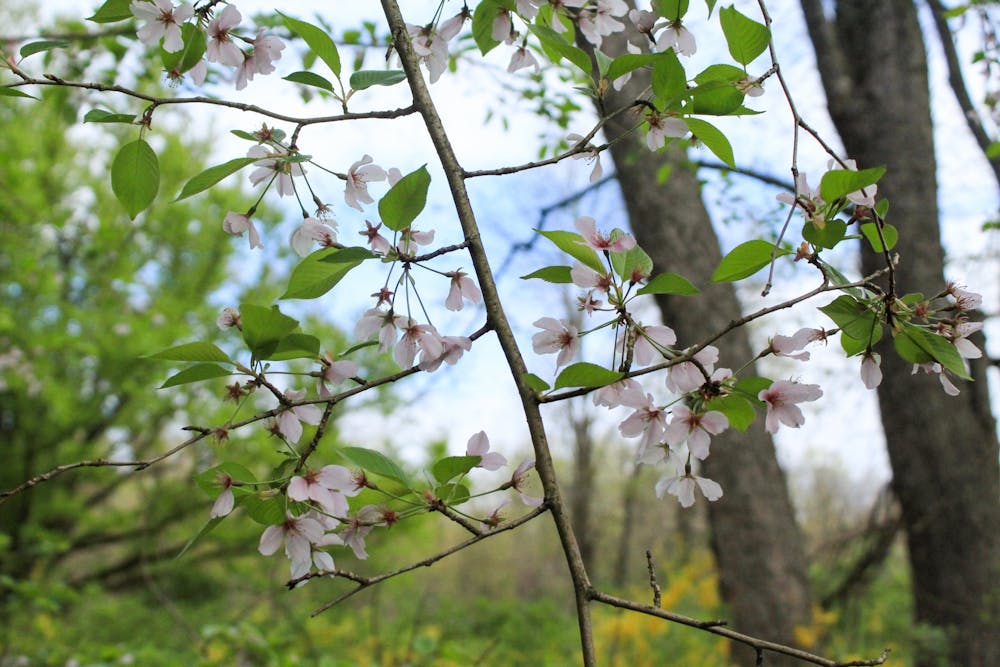
Flowers glowing under a sunny day by Lake Carnegie.
Samantha Lopez-Rico / The Daily Princetonian
